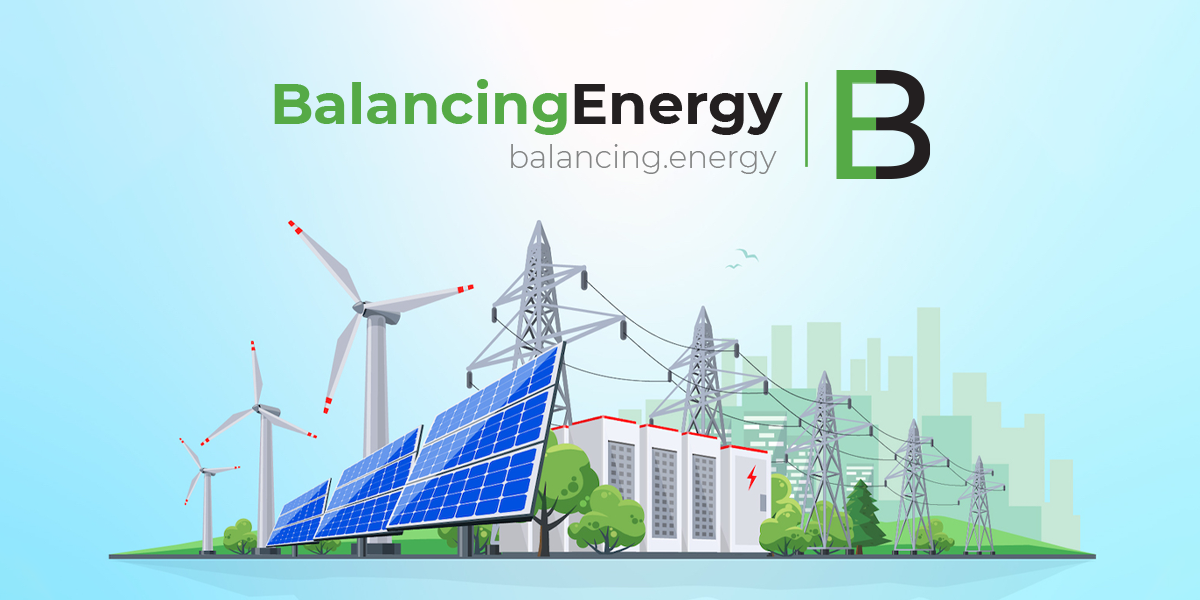The Romanian Ministry of Energy has initiated a public consultation on a draft Emergency Ordinance aimed at amending and supplementing the country’s existing energy laws. Specifically, the ordinance proposes changes to the Electricity and Natural Gas Law no. 123/2012 and the Law no. 220/2008 on the promotion of renewable energy production. The draft ordinance seeks to create a more robust and sustainable framework for the development of energy storage capacities, define the national public interest for strategic power generation projects, and implement new cyber audit measures for the security of photovoltaic (PV) infrastructures.
Regulation of energy storage technologies
A significant aspect of the proposed ordinance is the regulation of Pumped Storage Hydropower (PSH) technologies, providing essential legislative clarifications regarding the operation of PSH plants. PSH, along with short-term and seasonal storage solutions—such as battery storage—are crucial for ensuring the stability of the national energy system. These technologies enhance the flexibility of the grid, helping to balance supply and demand, thereby preventing potential energy imbalances that could compromise supply security and price stability.
National public interest for strategic projects
The draft also includes provisions to classify certain power generation projects as works of national public interest. This designation would grant these projects specific tax incentives, including exemptions from agricultural land use restrictions. This change aims to accelerate the development of critical energy infrastructure needed to strengthen Romania’s energy security and support the ongoing energy transition, with the added benefit of contributing to market stability.
Cybersecurity audits for photovoltaic infrastructure
To address the growing concerns about cybersecurity risks, the ordinance introduces mandatory cyber audits for grid operators of newly constructed photovoltaic parks. These audits would cover inverters and all IT components associated with PV systems, ensuring that they meet rigorous security standards. The measure is designed to protect Romania’s national energy infrastructure from potential digital threats, particularly given the risks posed by foreign-made equipment that may be vulnerable to cyber-attacks or unauthorized data transmission to hostile actors.
Promotion of energy storage capacity
The draft ordinance also focuses on creating a legal and regulatory framework that supports both public and private initiatives aimed at building energy storage capacity. This includes introducing tax incentives and regulatory measures that encourage investment in new storage infrastructure. Furthermore, it seeks to eliminate the “doubling” of taxes on stored energy, a significant barrier to the development of storage facilities. These changes are essential for ensuring that storage capacity can meet the growing demands of Romania’s National Energy System and facilitate the integration of renewable energy sources.
Supporting the energy transition and market stability
As Romania continues to expand its renewable energy capacities, the proposed legislative changes are considered vital for maintaining the stability and security of the National Energy System. Energy storage technologies, combined with clearer regulations for strategic projects and enhanced cybersecurity measures, will help ensure that Romania can continue to rely on renewable energy while keeping energy prices competitive and supply secure.
The draft ordinance is positioned as a crucial step toward meeting Romania’s long-term energy goals, including decarbonization and energy independence, while providing a foundation for future public and private sector investments in energy infrastructure.
Conclusion
The draft Emergency Ordinance represents a forward-thinking approach to addressing the challenges of Romania’s evolving energy landscape. By focusing on energy storage, cybersecurity, and strategic project development, the proposed changes will help Romania maintain a stable and secure energy system, enabling the country to meet both current and future energy needs. Public consultation on the draft is currently underway, with the aim of enacting the changes by mid-2026.










